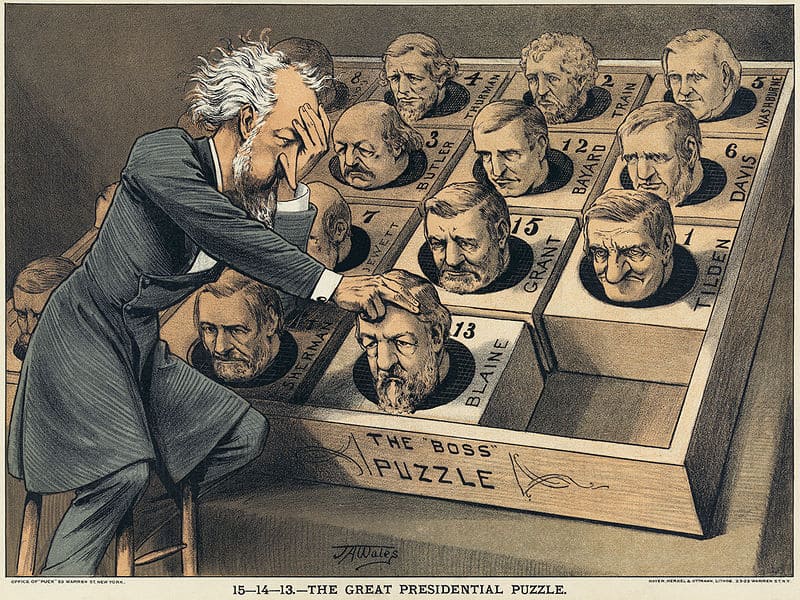
9. The “Corrupt Bargain” of 1824 saw the President elected by Congress
In the presidential election in 1824, the American people gave 41.4% of the vote to Andrew Jackson. The closest candidate to Jackson’s total was John Quincy Adams, who held about 31%. The other candidates for president were Henry Clay and William Crawford, neither of whom managed to reach 15%. With none of the candidates reaching the required number of electoral votes, the election was thrown to the United States House of Representatives. Interestingly, all four candidates were from the Democratic-Republican Party, and John C. Calhoun won the office of Vice-President before a new president was elected.
In the House, Henry Clay, who was not eligible for the special election, gave his support to John Quincy Adams, after party leaders agreed that he was the better candidate for the highest office. Clay was rewarded with the office of Secretary of State by President Adams, who was selected in the House election on February 9, 1825, annulling the votes cast by the people for Andrew Jackson. With the Democratic-Republicans in control of the House the decision to make John Quincy Adams was made by party leaders, rather than the democratic process.

